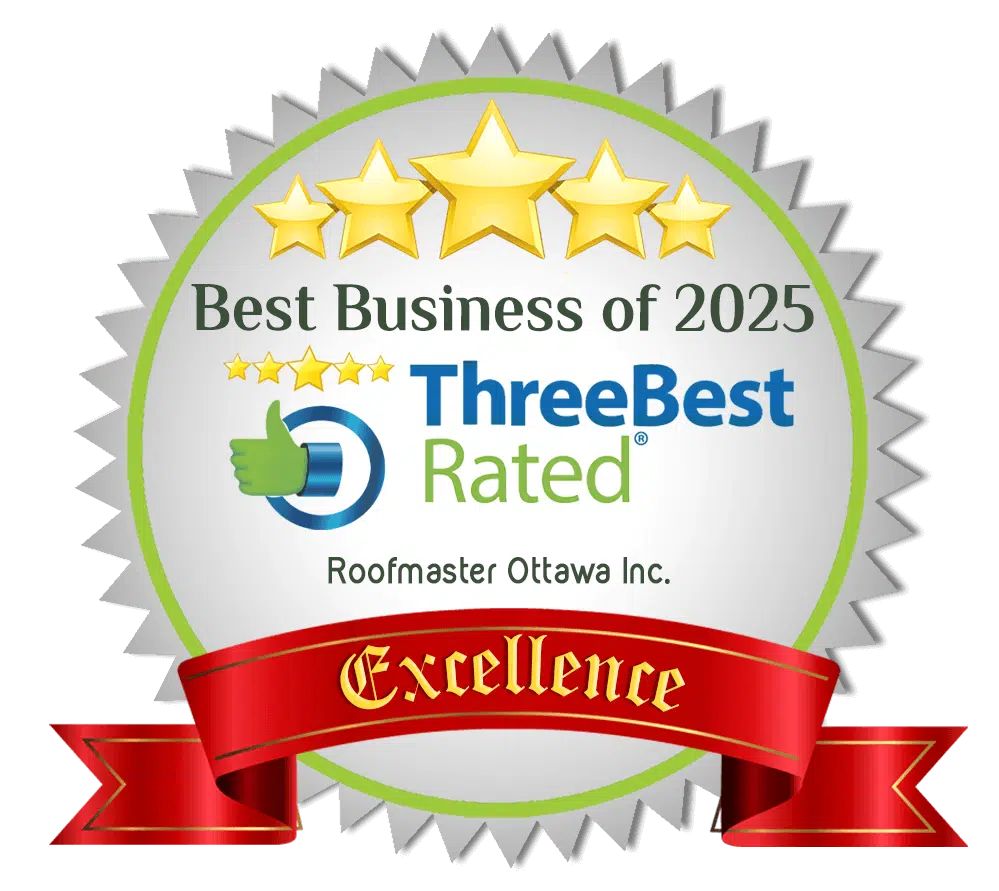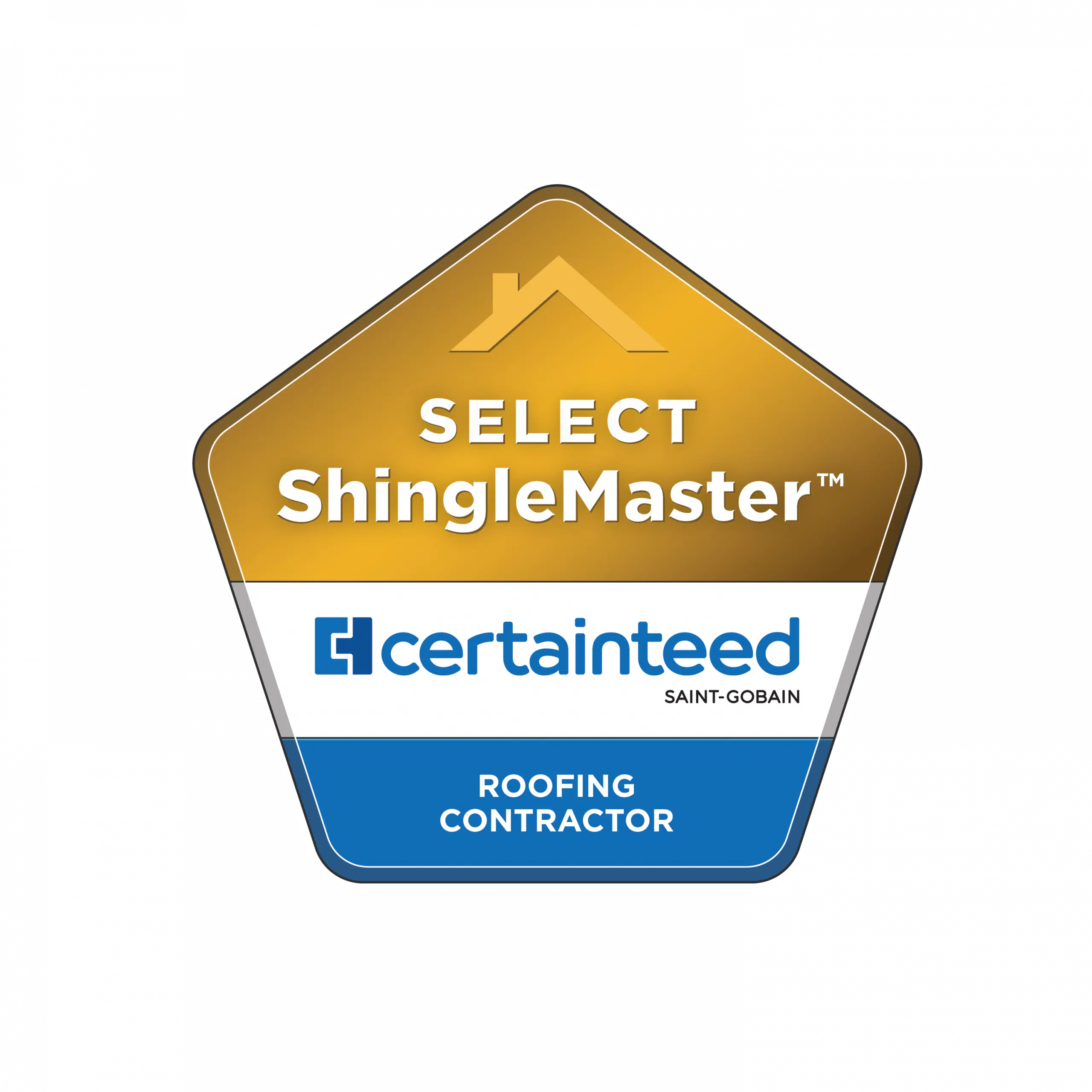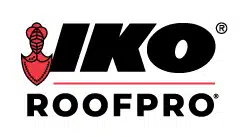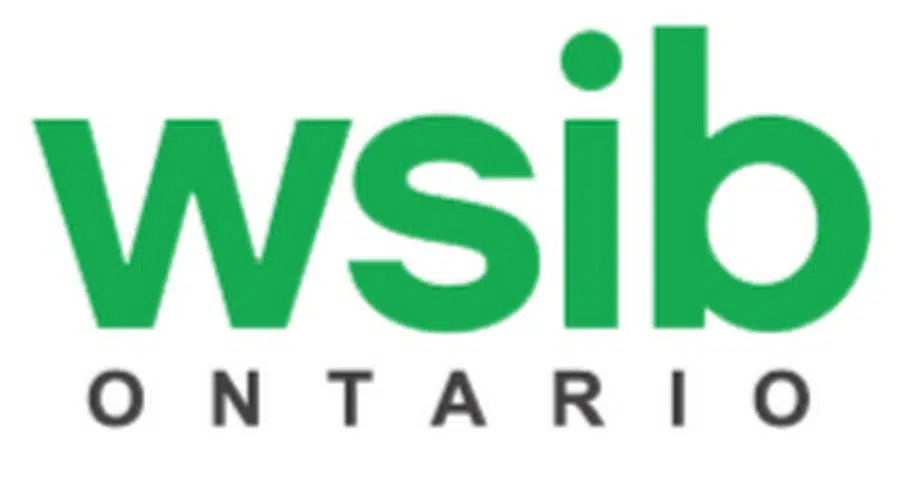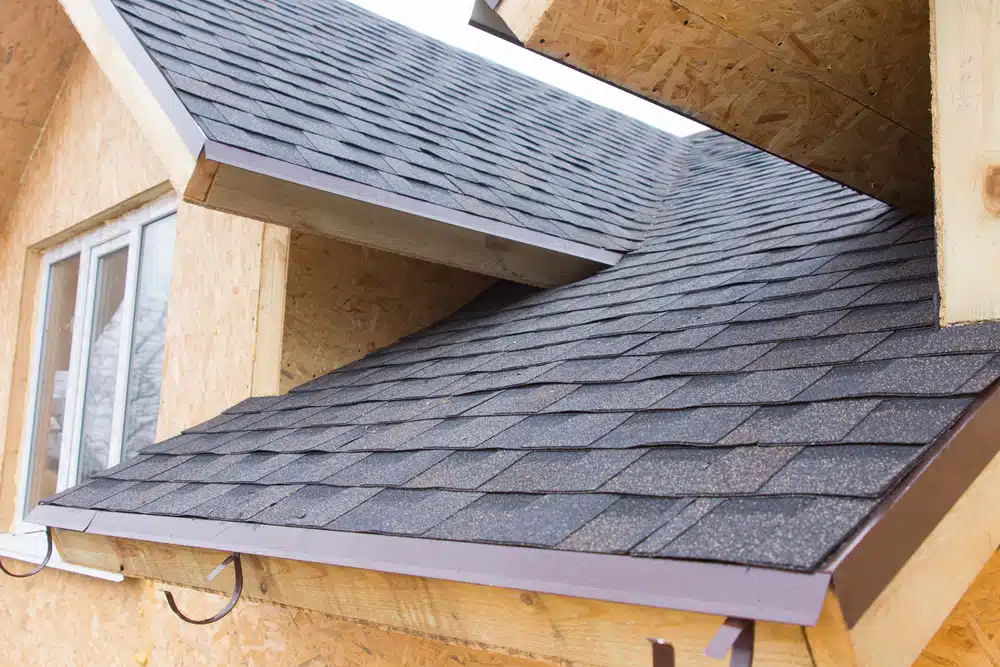
If it’s time for a roof replacement on your home or you’re planning a custom home build, flat and sloped roof designs are the two common styles to choose from. The question of course is which one should you go with? Like everything, they both have advantages and disadvantages. Here, we’ve broken them down to help you make the best decision for your home.
Flat Roofs
Advantages
One of the main advantages of a flat roofing system is the cost factor. They are relatively affordable. This is largely due to the fact that fewer materials are required and installation tends to be much easier and faster to complete.
Another one of the more obvious advantages of flat roofs is that they are much easier to walk on, install, and inspect. The flat surface makes it much easier to manoeuvre and provides more stability during installation. And since the surface is flat, it makes accessibility much easier even for the homeowner when making repairs or cleaning out the gutters. In addition, they are also more fire resistant and much more stable against high winds.
Flat roofs make a good starting point for innovative roofing solutions such as green roofs (also known as living roofs) and roof-top solar panels. They can also be a canvas for a roof-top deck made with PVC decking membrane.
Flat roofs are now available in a variety of materials to suit any need or budget. Popular choices include modified bitumen flat roofs, PVC/EDM roofs, PVC membranes, and tar and gravel flat roofs.
Disadvantages
Flat roofs do have a tendency to form cracks more easily. This is due to the increased sensitivity against temperature fluctuations.
They also have relatively poor drainage and are not generally recommended for locations that are prone to heavy rainfall and snowfall.
Sloped Roofs
Advantages
Sloped Roofs have better drainage since they allow moisture to trickle down and off of the surface. They are usually a more favourable option for areas that endure more rain and snow.
In regards to aesthetics, they have more options available when it comes to enhancing the exterior of a house and boosting the overall curb appeal. Sloped roofs come in a variety of beautiful and durable material choices, including asphalt shingles, standing seam metal roofs, shakes and tiles, metal shingles and tiles, and ribbed profile steel roofs.
Disadvantages
A larger support structure is required for sloped designs as it needs to be larger than the size of the house. Since a larger surface area is required, that means the costs are generally greater for extra materials.
The installation time is usually longer as well since the surface is more difficult to manoeuvre on. And as a result of the slope, repairs and maintenance becomes more challenging and requires extra caution.
Both of these roofing designs have advantages and drawbacks that are important to consider in order to install the appropriate design for your home and location.
In most cases, you work with whatever type of roof design your home original has. However if you are planning a custom home or doing an extensive reconstruction on an existing property, you can explore your options. The roofing pros at Roofmaster can help you make the right choice, so give us a call or request an estimate today!

